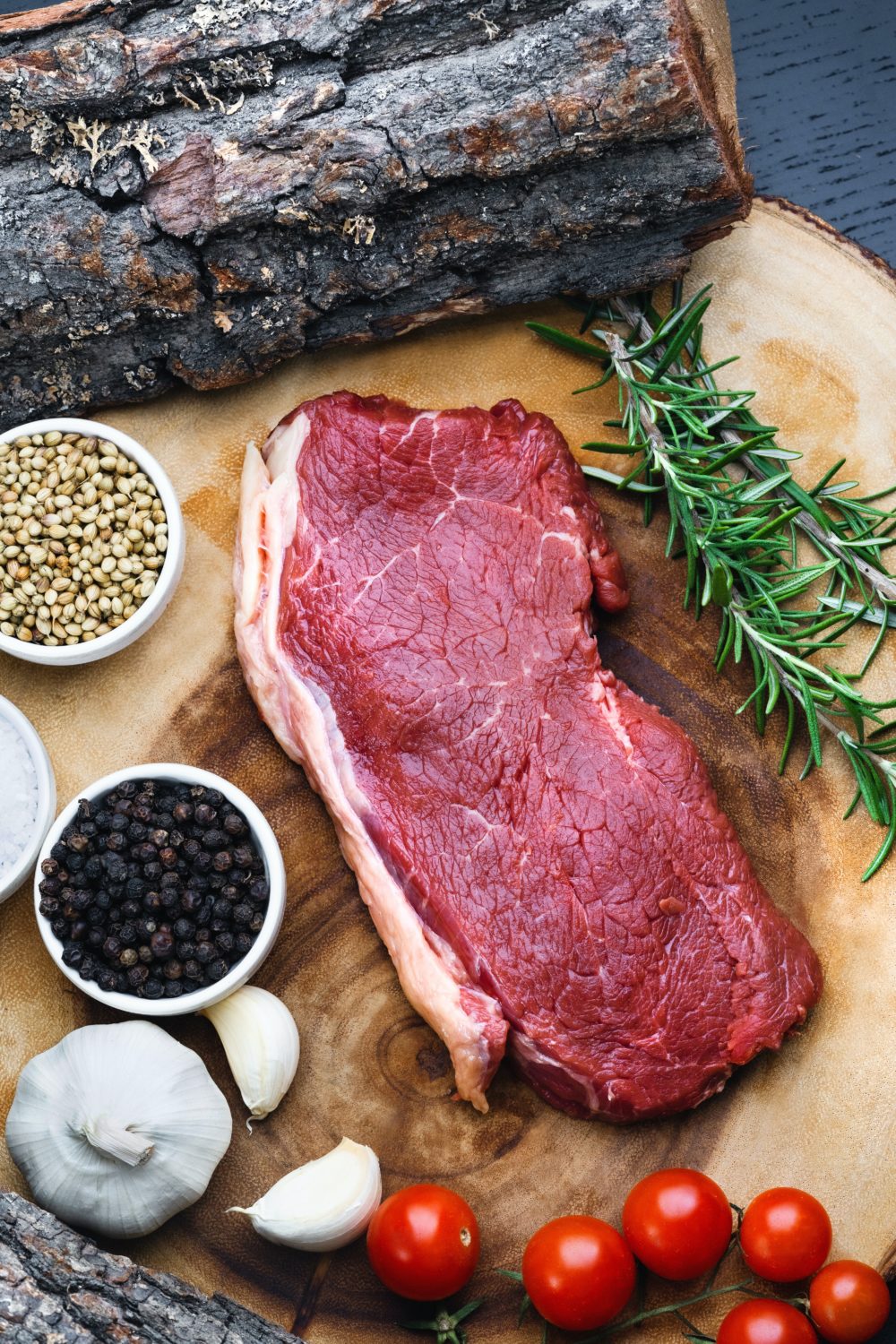Article provided by Alive Publishing Group. You can find more great articles anytime on alive Connect, or grab a copy of the latest printed issue of alive Magazine next time you’re in Good Foods Co-op. It’s free!

After the decadence of the holidays, you may want to shift your focus to healthier eating habits. But with so many dietary options to choose from, where’s a person to start? To help you select the best diet for you, here’s an overview of the most popular diets, their pros and cons, and the exciting research that supports (or doesn’t support) their use.
As always, before starting any new diet or taking any new supplement, check with your health care practitioner to ensure that it’s right for you.
The ketogenic diet (keto)

This is a low-carb and high-fat diet. The goal of this diet is to obtain most calories from fat- and protein-based foods rather than carbohydrates such as sugar, sweetened carbonated beverages, pastries, and breads.
It’s based on the premise that eating fewer than 20 to 50 grams of carbohydrates per day initiates a process known as “ketosis” after three or four days, resulting in the breakdown of fat and protein in the body for energy.
Some of the side effects of the keto diet may include constipation, mildly low blood sugar, or indigestion. It may be linked with kidney stones or excessive acidity in the body (acidosis); or headaches, weakness, and irritability, the latter of which have been referred to as the “keto flu.”
The paleolithic diet

The paleolithic diet, or the “paleo” or “caveman” diet, is based on the premise that we should follow a diet similar to that eaten by our ancestors 2.5 million to 10,000 years ago in the Paleolithic era.
While it’s impossible to know exactly what cavepeople in all regions of the globe ate (and indeed, they likely ate different foods in various regions), the diet is essentially based on low-carbohydrate and high-protein foods, coupled with plenty of water and regular exercise. Some of the restrictions include dairy, wheat, oats, sugar, salt, highly processed foods, potatoes, legumes, peas, and peanuts. Meat is preferably grass fed or wild game.
Paleo diet proponents claim blood pressure-controlling and blood sugar-balancing benefits; however, if you have a health problem such as heart disease or kidney disease, it may not be right for you. The paleo diet may be harmful to heart health as it can be high in saturated fat. Diets high in animal protein have also been linked to colorectal cancer.
Mediterranean diet

A diet packed with fruits, vegetables, fish, legumes, healthy fats, and whole grains, with less reliance on meat and dairy than in the Standard American Diet, the Mediterranean Diet is considered by many nutritionists to be a very healthy option for long-term health. As the name suggests, it’s based on the traditional way of eating espoused in the Mediterranean region, where lower rates of death due to heart disease have been observed.
The Mediterranean diet may be beneficial in the prevention or treatment/management of asthma, breast cancer, cognitive decline, colorectal cancer, depression, diabetes, erectile dysfunction, heart disease, and, of course, high BMI.
Less of a diet and more of a way of life, there are no formal restrictions on the Mediterranean diet; however, you may want to limit your intake of wine to two drinks per day at most.
Vegan diet

Veganism involves a strict vegetarian diet of plant foods such as fruits, vegetables, grains, legumes, nuts, and seeds. It’s devoid of all animal products, including meat, poultry, fish, dairy, eggs, and honey.
A vegan diet can be made up of healthy, whole plant foods, including whole grains, fruits, vegetables, and grains, but is not always healthy if it includes high amounts of packaged or processed foods.
One study found that a plant-based diet can slash mortality risk from heart disease by 40 percent. The study authors also note that plant-based diets are the only dietary pattern to reverse coronary heart disease.
